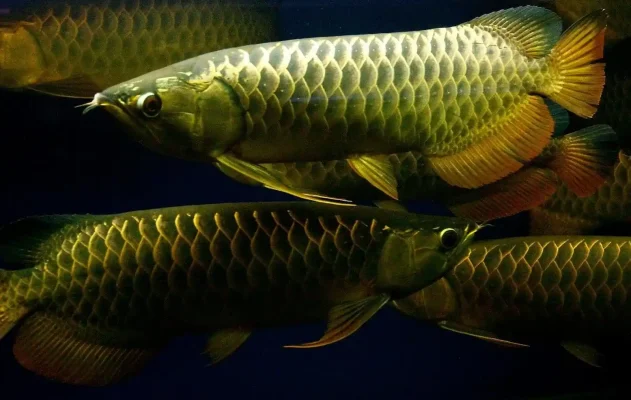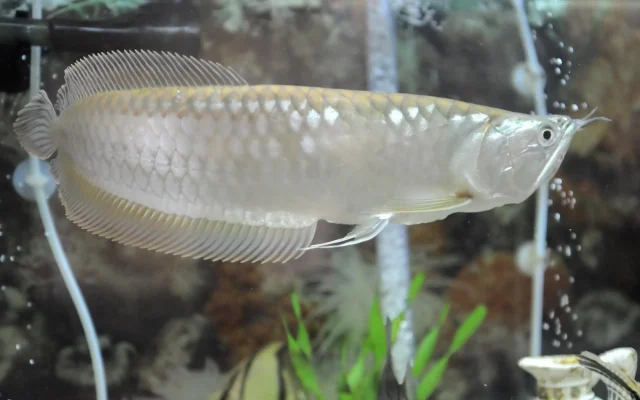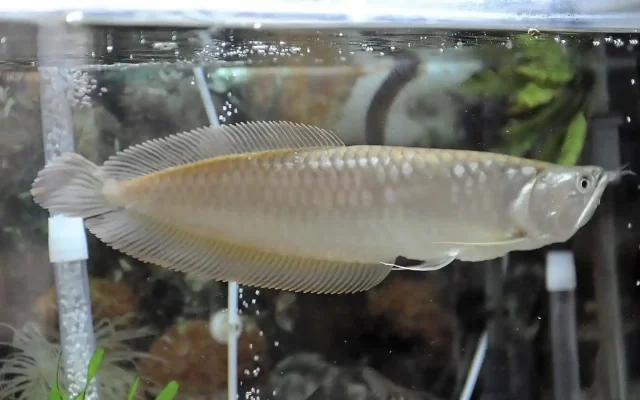Arowana Fish FAQ
The elegance and beauty of arowana fish have you spellbound. Concerning taking care of these magnificent animals, do you have any questions? You’re in the proper place! We’ll answer all of your frequent questions about arowana fish, from where they come from to how to take care of them, in our extensive FAQ page.
This article tries to provide you with useful insights and useful recommendations, regardless of whether you’re an experienced fishkeeper trying to increase your expertise or a newbie thinking about Arowana as your next aquatic pet. We can help you with all aspects of arowana fish care, from determining their nutritional requirements to designing the ideal environment.

An Arowana fish is a freshwater fish known for its majestic appearance and unique hunting skills
Arowana fish can grow up to 3 feet long or even more, depending on the species.
They eat a variety of foods including insects, small fish, and even crustaceans.

With proper care, Arowana fish can live for more than 10 years.
They are native to the Amazon Basin and other parts of South America, as well as parts of Asia.
LYes, Arowana fish need a large tank because of their size. A tank with at least 100 gallons is recommended.
.

They can be aggressive towards other fish, especially if they feel threatened or if they see smaller fish as food.
They prefer warm water with a pH level around neutral, similar to their natural habitat.
.
Yes, Arowana fish are known for their jumping ability, so it’s important to have a secure lid on the tank.
It can be hard to tell the gender of an Arowana fish when they’re young, but as they mature, males tend to develop longer fins and brighter colors.


 Deutsch
Deutsch

